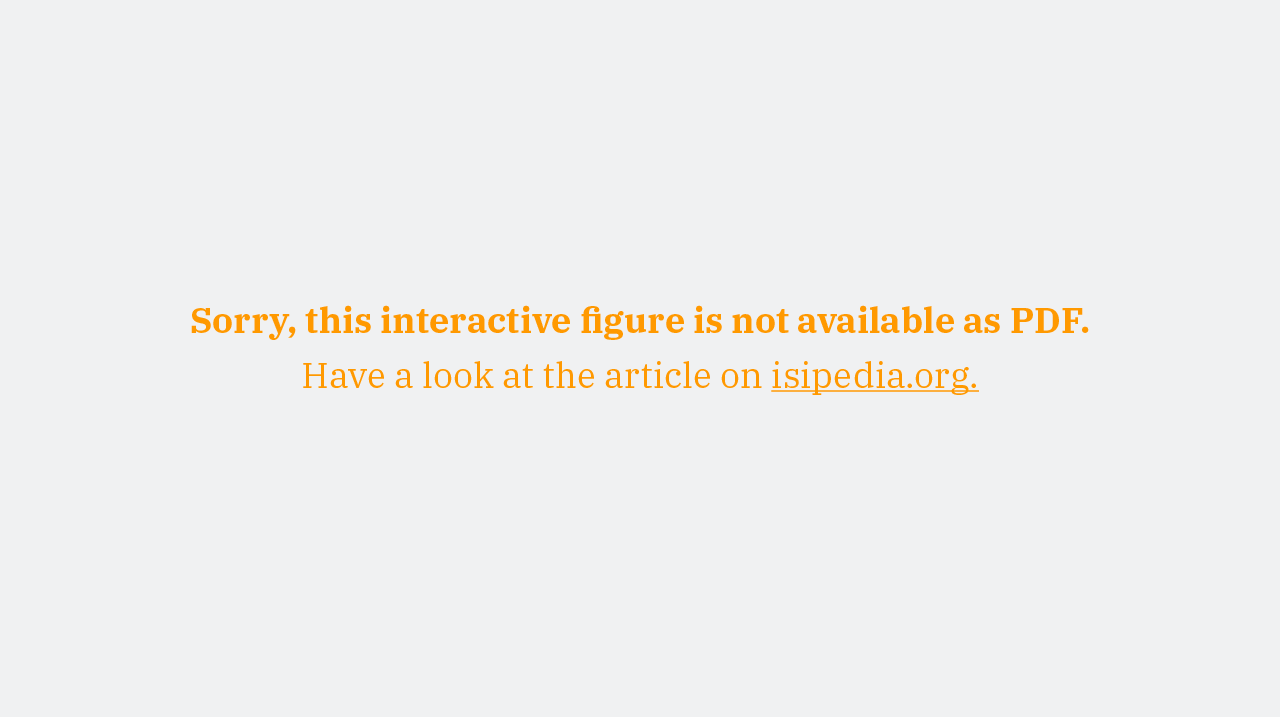Brief summary
This article summarizes the key findings on temporal trends of annual flood magnitude reported in the peer reviewed paper entitled “Historical and future changes in global flood magnitude – evidence from a model–observation investigation” published in Hydrology and Earth System Science. We assess the consistency of different global hydrological models in simulating monotonic trends of flood magnitude (defined as the annual maxima river flow events) during the historical (from 1971 to 2005) and future (from 2006 to 2099) periods. From each global hydrological model, annual maxima of daily river flow were extracted for each location. A statistical test was then conducted to identify the areas that are simulated with a significant increasing or decreasing trend of annual maximum river flow. Locations identified with a significant increase by at least half of the simulations are determined to be associated with a “high risk” of flood hazard.
Key messages
Under the low greenhouse gas emission scenario (RCP2.6), 0.57% of the World’s land mass is projected with a significant increase in annual floods, while 0.46% of the land mass is projected with a significant decrease.
Under a high greenhouse gas emission scenario (RCP6.0), 10.61% of the World’s land mass is robustly projected with a significant increase in annual floods, while 4.29% of the land mass is projected with a significant decrease.
The tropics will potentially face the highest risk of increasing flood hazards in a warming climate.
How to interpret results
Detecting trends in annual maximum streamflow
In this study gridded discharge was simulated by six global hydrological models. For the historical simulations (from 1971 to 2005), all models used data of the observed historical climate from the ISIMIP project. For future simulations, hydrological models used outputs of global climate models under a low emission scenario (RCP2.6) and a high emission scenario (RCP6.0) from the ISIMIP project. It should be noted that historical changes in land water management (e.g., changes in irrigated areas) were not taken into account in these simulations. For each streamflow simulation across the global land area, the annual maximum time series of daily discharge was derived to represent peak flow events and its significance was determined using the Mann–Kendall test (Wilks (2011); Hong X. Do, Westra, and Leonard (2017)).
Identifying areas associated with a monotonic increasing trend across ensemble members
At each location (grid cell) of the global land area, the number of simulations pointing to a significant increase and decrease in flood hazard is counted. Locations accompanied with a significant increasing trend of maximum annual streamflow in at least half of all simulations are considered “high-risk” regions.
Main findings
From 1971 to 2005, nearly 3.79% of World’s the land area is simulated with a significant increase in annual flood magnitude by at least half of the six global hydrological models, while 5.12% of the land area is simulated with a significant decrease (Figure 1).
Historical and future simulations with increasing and decreasing trends
Show trends for .

FIG 1 / Adapted from H. X. Do et al. (2020).
In the low emission scenario (RCP2.6), 0.57% of World’s land area is robustly projected to have a significant increase in the magnitude of annual floods from 2006 to 2099 by at least half of the simulations while 0.46% of land mass has a significant decrease. In the high emission scenario (RCP6.0), the percentage of land area projected with a significant increase in annual flood hazards by at least half of the simulations will reach 10.61% of World’s land area, while 4.29% of land mass has a significant decrease.
Limitations and knowledge gaps
- For historical simulations, the simulations did not include the impact of human water and land management.
- It should be noted that a model-observation comparison across more than 3,600 locations globally indicated that most global hydrological models have a low-to-moderate capacity in reproducing trends of floods.
- For the future simulations (RCP2.6 and RCP6.0), there is substantial discrepancy across simulations, primarily due to uncertainty between different climate model outputs.
- The total number of simulations is relatively small, particularly for historical simulations, leading to a relatively large uncertainty.
Data and methods
Historical and future simulations of global river flows were generated through the ISIMIP project round 2a and 2b. For each streamflow simulation, the annual maximum time series of daily discharge was derived to represent peak flow events across the global land area. The significance of the monotonic trend at a specific grid cell was assessed using a Mann–Kendall test at the 10% two-sided significance level (Wilks 2011; Hong X. Do, Westra, and Leonard 2017). A significant increase in flood magnitude is concluded if the two-sided p-value of the test statistic (Kendall’s τ) is lower than 0.1 and the value of τ is above zero.
The full methodological description can be found in the linked paper.
Acknowledgments
We thank Jannis Hoch, Grabriele Villarini, and Murray Peel for their comments which have improved the quality of our assessment. This work was supported with supercomputing resources provided by the Phoenix HPC service at the University of Adelaide and the Great Lakes HPC service at the University of Michigan.
This summary article was written in collaboration with the Editorial team of ISIpedia project.
References
Affiliations
1 School for Environment and Sustainability, University of Michigan, Ann Arbor, Michigan, USA
2 Faculty of Environment and Natural Resources, Nong Lam University, Ho Chi Minh City, Vietnam